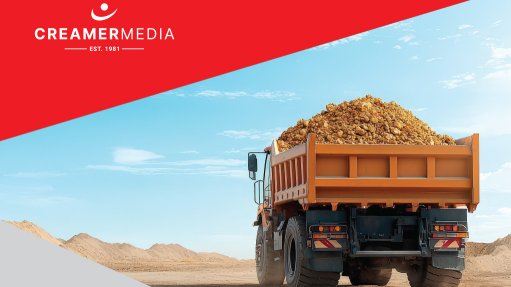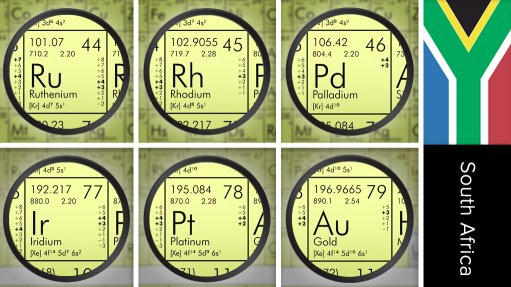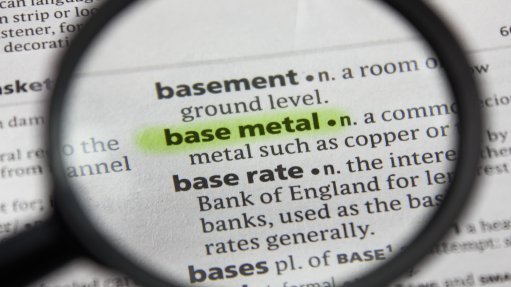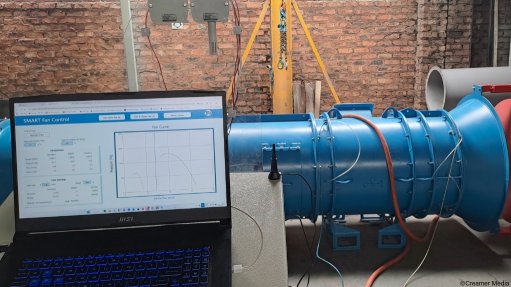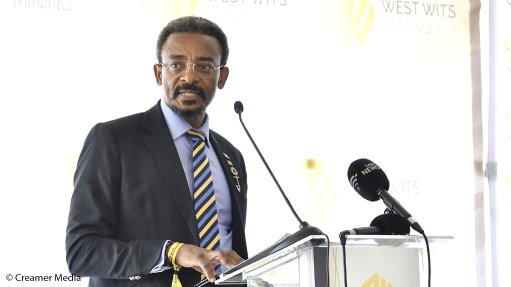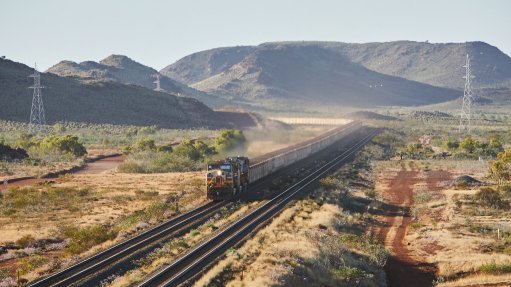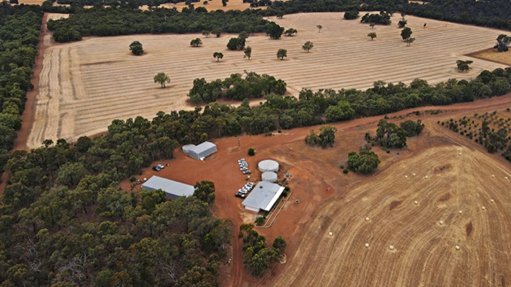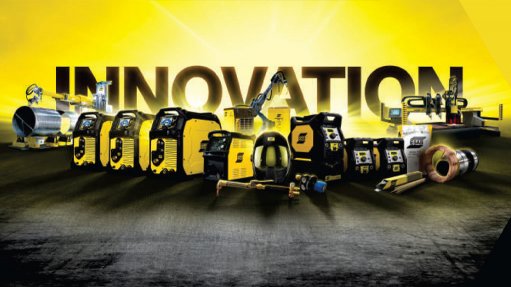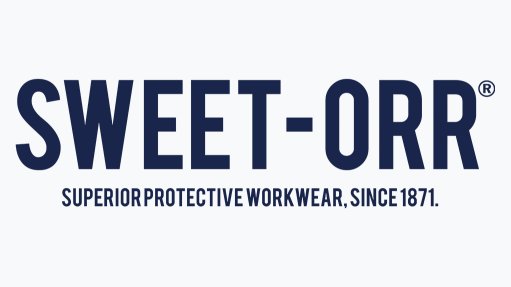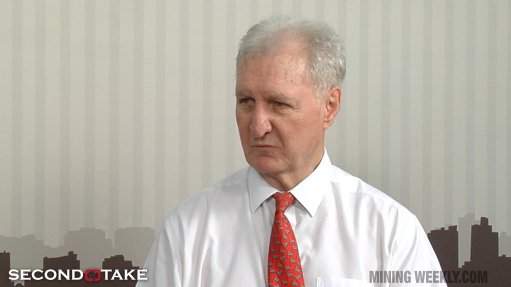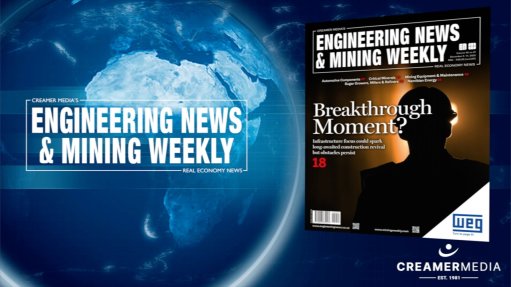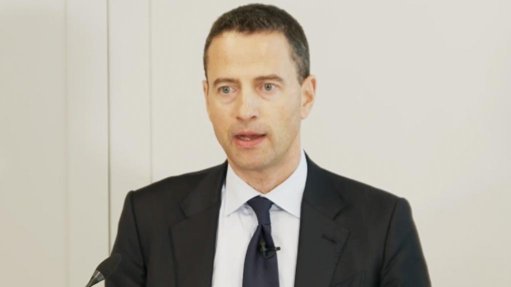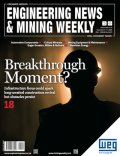EIA recommendations essential for new mining projects

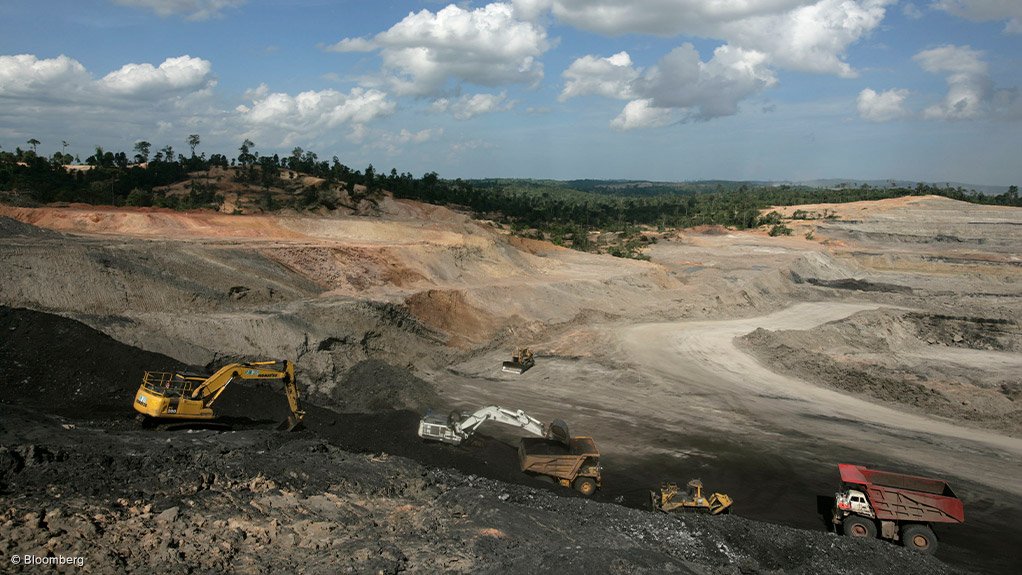
ENVIRONMENTAL PROTECTION Mining has a large environmental impact that affects not only the health and wellbeing of mining communities
Photo by Bloomberg
It is crucial for mining companies to consider the recommendations of all the environmental-impact assessments (EIAs) before the start of any new mining projects, says waste management solutions provider Interwaste business development and marketing director Kate Stubbs.
Her statement follows the news of the Brumadinho tailings dam disaster earlier this year, where more than 180 people were killed at mining major Vale’s Córrego do Feijão iron-ore mine in the state of Minas Gerais, in Brazil.
This happened less than a month before Minerals Council South Africa commemo- rated the twenty-fifth anniversary of the Merriespruit disaster, where a 2.5-m-high flood carrying 600 000 m3 of water poured out of the Merriespruit No 4 tailings dam in Virginia, in the Free State, killing 17 people on February 22, 1994.
Mining has a large environmental impact that affects not only the health and well- being of mining communities but also the long-term sustainability of natural resources. It is therefore important for mines to mitigate risks by conducting comprehensive EIAs and implementing sustainable solutions for the full life cycle of mines.
“It is also a good opportunity for mining companies to consider the environmental impact of the mine’s entire supply chain upfront to reduce waste production wherever possible,” says Stubbs.
Waste Management
Stubbs states that the global trends of zero waste to landfill and a circular economy are challenging the status quo of how South Africa undertakes environmental protection.
“These trends encourage a mindset of avoiding waste – looking at strategies to mini- mise, reduce, recycle and recover as first priority, and as a last option making provision for proper and safe disposal of waste.”
Consumer awareness on the way products are made, used and disposed of also adds impetus to these trends. “The impact of these trends and consumer pressure is that many leading companies have implemented zero waste to landfill or at least placed waste reduction strategies in place as part of its business goals,” she explains.
Mines also have an opportunity to extract value from waste or at least to reduce operating costs by managing waste more effectively.
Mine waste is still predominantly being landfilled at owned or third-party facilities. However, leading mines are shifting to zero waste to landfill strategies and have started to separate their waste streams, as well as find alternative uses for them through recycling, reuse or repurposing.
These sustainability strategies need to stay abreast of ongoing legislative changes regulating the generation and disposal of various waste streams, as well as new technologies providing alternative solutions for processing different waste streams, such as technologies focused on converting waste to product and waste to energy.
Meanwhile, acid mine drainage (AMD) is one of the negative impacts historical mining has had on the environment in Johannesburg, for instance, and strategies are being put in place to minimise the impact and reduce its occurrence. She explains that strategies such as the remediation, removal and repurposing of dormant mine dumps will curb further AMD.
Moreover, Stubbs believes that it is critical that any business must incorporate its environmental impact into its business processes. “From the sourcing of various raw materials and production to final consumption or route to markets, companies need to understand the generation of waste in each process to ensure long-term commercial and environmental viability of the business, she says.
Mining is a significant contributor to the economy from a financial and employment perspective and, therefore, mines will continue to play a critical role in the future and, by implementing long-term sustain- ability strategies, will contribute even more positively to the development of the country, Stubbs concludes.
Article Enquiry
Email Article
Save Article
Feedback
To advertise email advertising@creamermedia.co.za or click here
Press Office
Announcements
What's On
Subscribe to improve your user experience...
Option 1 (equivalent of R125 a month):
Receive a weekly copy of Creamer Media's Engineering News & Mining Weekly magazine
(print copy for those in South Africa and e-magazine for those outside of South Africa)
Receive daily email newsletters
Access to full search results
Access archive of magazine back copies
Access to Projects in Progress
Access to ONE Research Report of your choice in PDF format
Option 2 (equivalent of R375 a month):
All benefits from Option 1
PLUS
Access to Creamer Media's Research Channel Africa for ALL Research Reports, in PDF format, on various industrial and mining sectors
including Electricity; Water; Energy Transition; Hydrogen; Roads, Rail and Ports; Coal; Gold; Platinum; Battery Metals; etc.
Already a subscriber?
Forgotten your password?
Receive weekly copy of Creamer Media's Engineering News & Mining Weekly magazine (print copy for those in South Africa and e-magazine for those outside of South Africa)
➕
Recieve daily email newsletters
➕
Access to full search results
➕
Access archive of magazine back copies
➕
Access to Projects in Progress
➕
Access to ONE Research Report of your choice in PDF format
RESEARCH CHANNEL AFRICA
R4500 (equivalent of R375 a month)
SUBSCRIBEAll benefits from Option 1
➕
Access to Creamer Media's Research Channel Africa for ALL Research Reports on various industrial and mining sectors, in PDF format, including on:
Electricity
➕
Water
➕
Energy Transition
➕
Hydrogen
➕
Roads, Rail and Ports
➕
Coal
➕
Gold
➕
Platinum
➕
Battery Metals
➕
etc.
Receive all benefits from Option 1 or Option 2 delivered to numerous people at your company
➕
Multiple User names and Passwords for simultaneous log-ins
➕
Intranet integration access to all in your organisation






